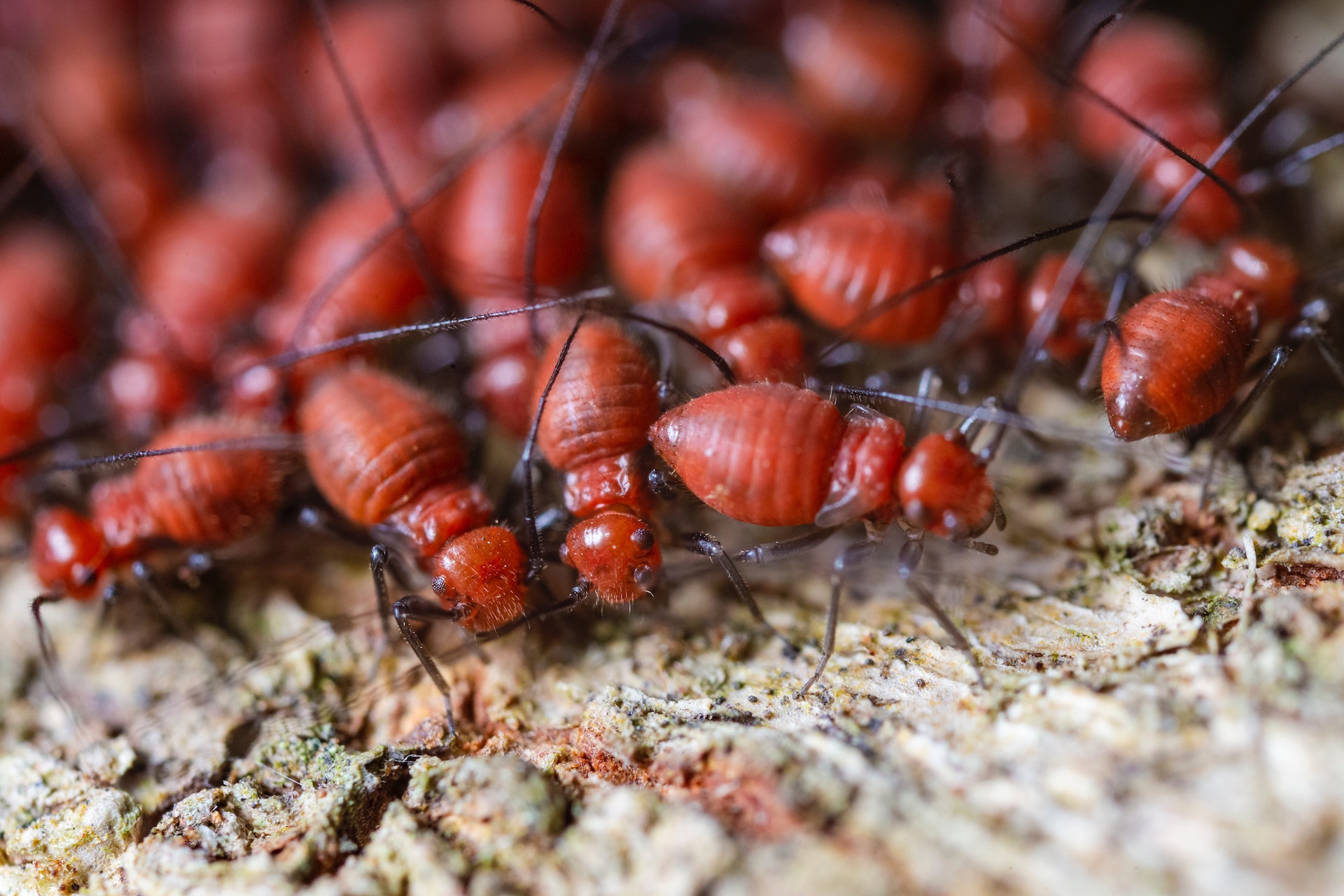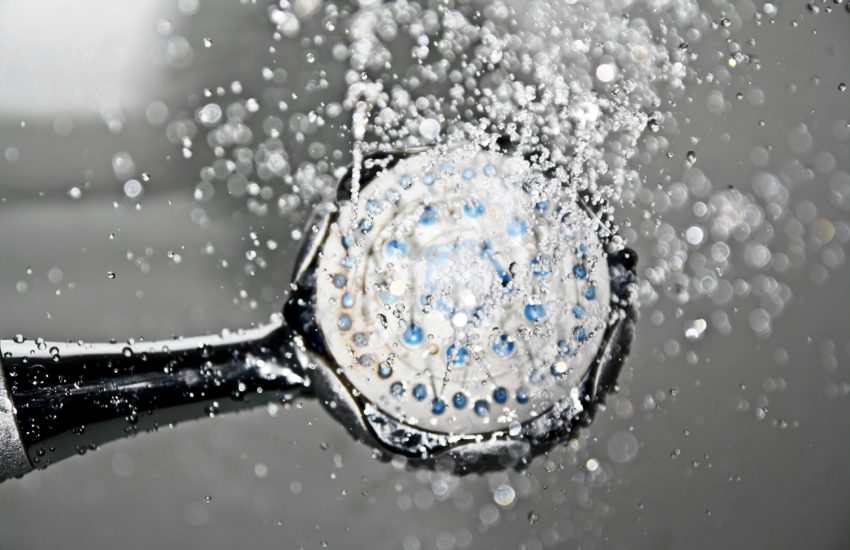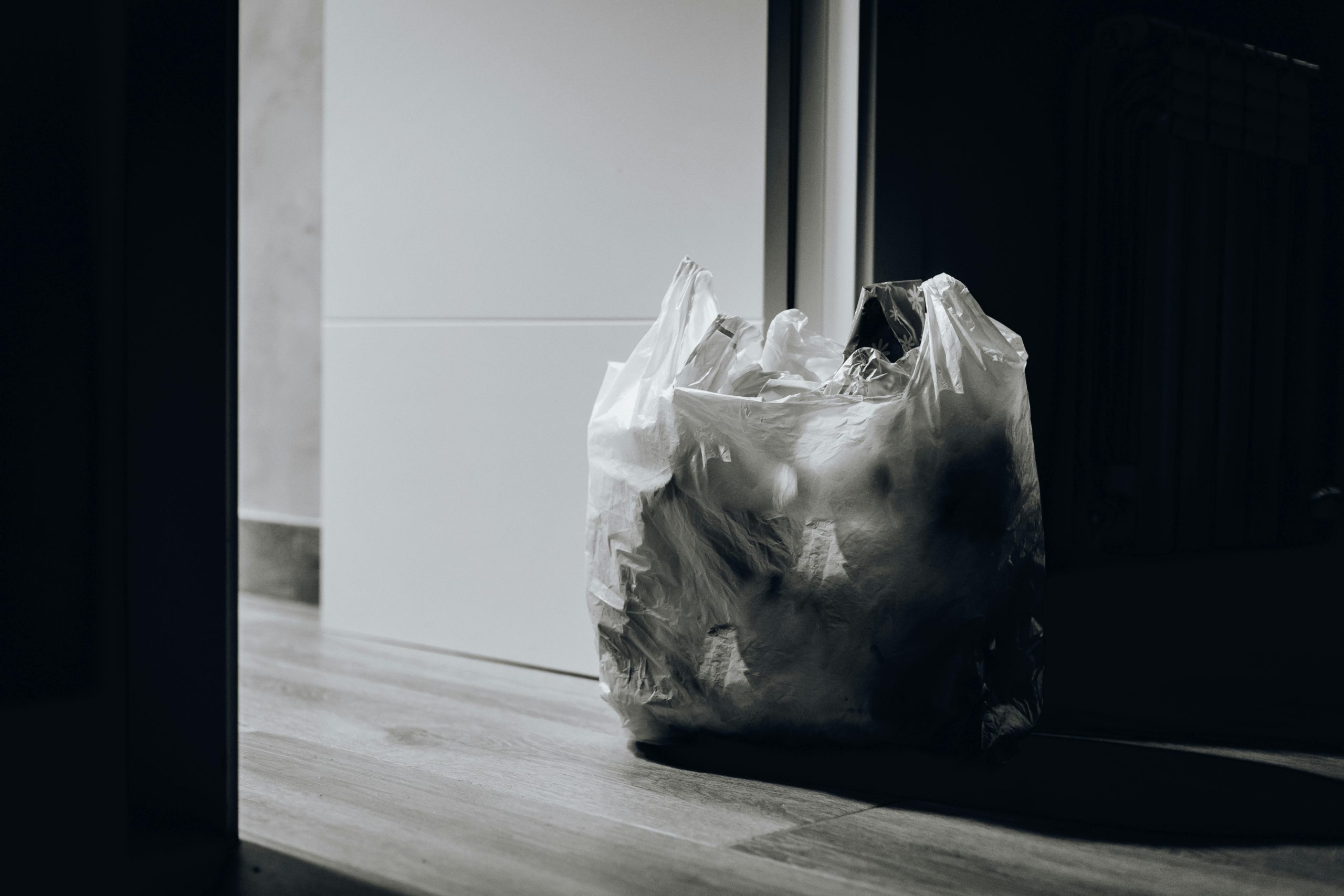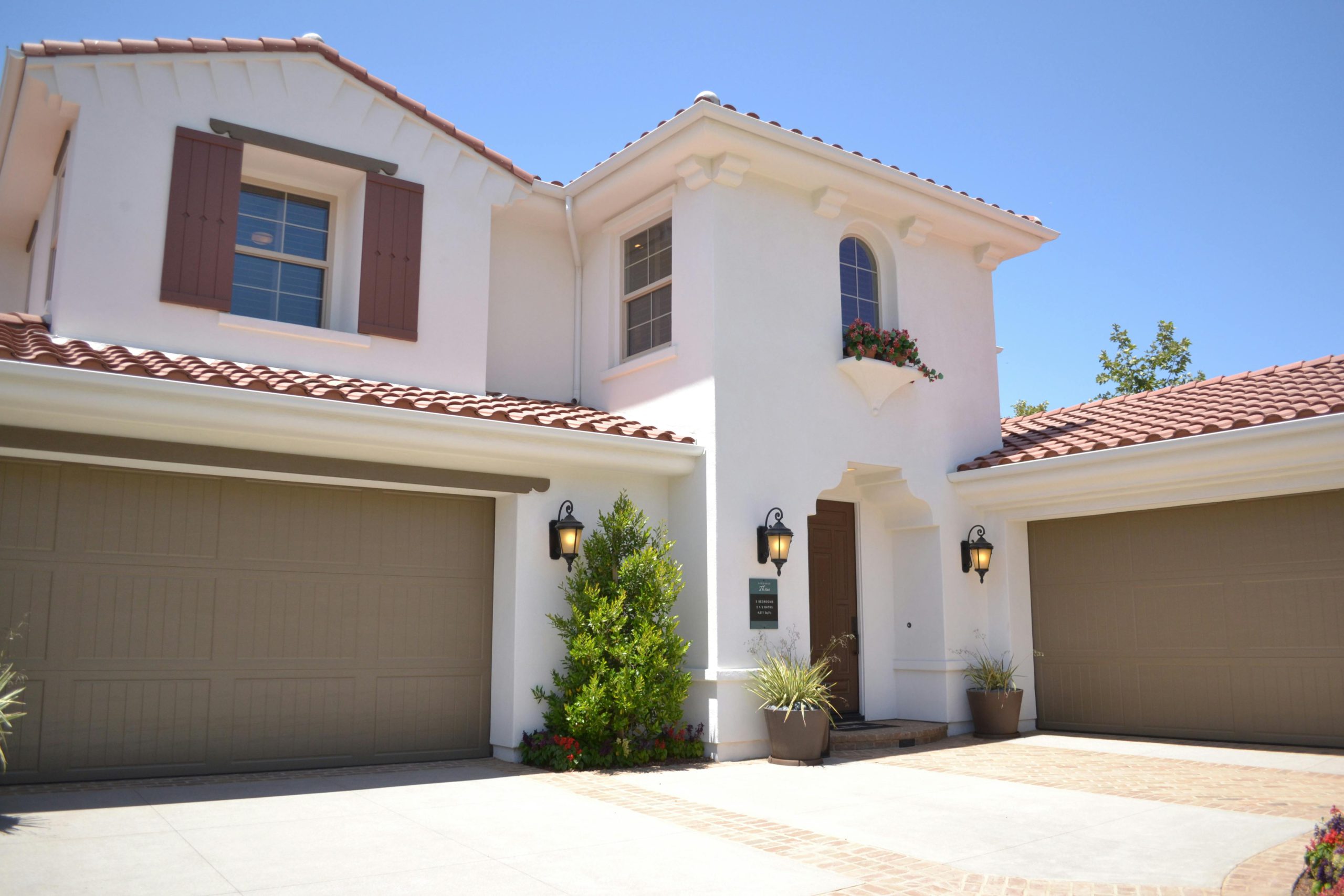7 Signs of Termites
Termites can live inside your home or on your property long before being detected. Whether they’re subterranean termites nesting underground or drywood termites burrowing deep within your wooden structures, these pests can cause extensive damage. Working with a termite control specialist can help detect, treat, and minimize termite invasions. Here are seven signs to watch for when inspecting your property for possible termites:
1. Hollow Wood
When termites feed on wood, they create tunnels and chambers within the structure of the wood. This can cause the wood to become hollow. If you suspect you have a termite infestation, tap on your surrounding wooden surfaces, including walls, baseboards, and floors. If the wood sounds hollow, it’s a good indication that you might have termites.
2. Blisters in Wood Flooring
Termites may eat through the subfloor underneath your flooring, causing it to separate from the wood on top. The separation between the two layers causes the wood on top to become warped and blistered. If you notice any blisters in your wood flooring, consider calling a professional termite control exterminator to inspect for termites.
3. Swarmers
Typically during the spring and summer months, termite swarmers can be seen leaving their colony to mate and start new colonies. These swarmers often look similar to flying ants. If you notice any swarmers around your home, active termite activity is likely happening. Take action quickly to help prevent further damage.
4. Discarded Wings
After termites swarm and leave their colony, they shed their wings and look for a suitable location to begin a new colony. If you notice piles of wings near your windowsill, door, or other entrance points, you likely have an active termite colony in your home.
5. Termite Droppings
Termite droppings are also known as frass and may indicate drywood termite activity. Termites leave behind these tiny droppings as they feed on wood and other cellulose-based materials. These droppings are typically small, oval-shaped pellets that are uniform in size and shape. They may look similar to sawdust or coffee grounds and are found near damaged wood or areas where termites feed actively.
6. Mud tubes
Subterranean termites build mud tubes to travel from their colony in the ground to their food sources, usually the wooden structures in your home. Mud tubes are hollow and are roughly the size of a standard pencil. They are made of dirt, excrement, and saliva and may be found near your home’s foundation.
7. Hard-to-Open Windows
When termites feed on the wood in your home, they can damage your window and door structures. This allows for excess moisture and may cause the frames to warp and become misaligned. You may notice this damage as your doors and windows become more difficult to open and close.
Hire a Termite Control Company
Professional termite control services can treat termite infestations on your property, preventing further damage to the structure of your home or building. They have the expertise and equipment to identify and treat termite problems quickly and efficiently. Work with a pest control expert to help protect your property from termites today.




